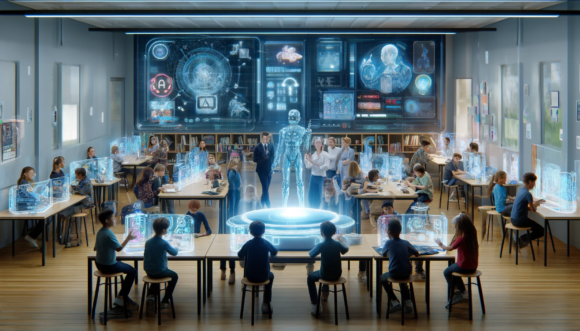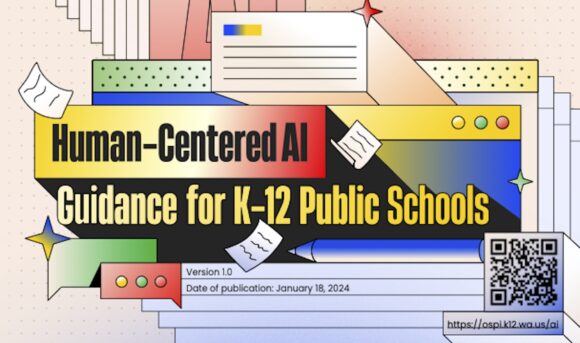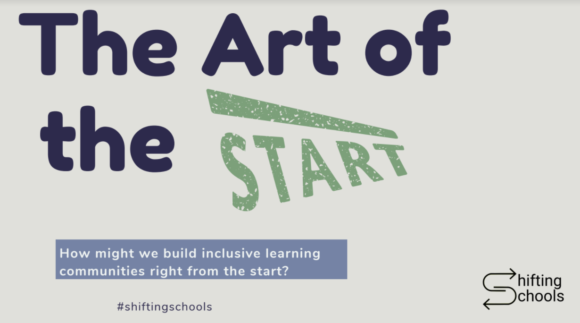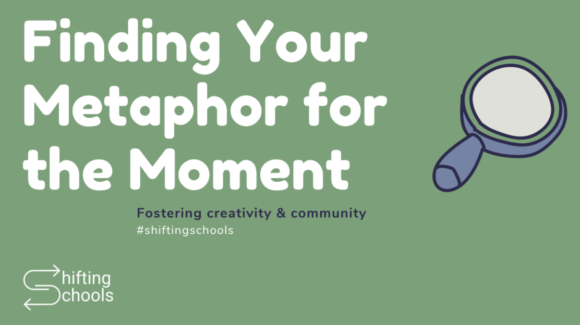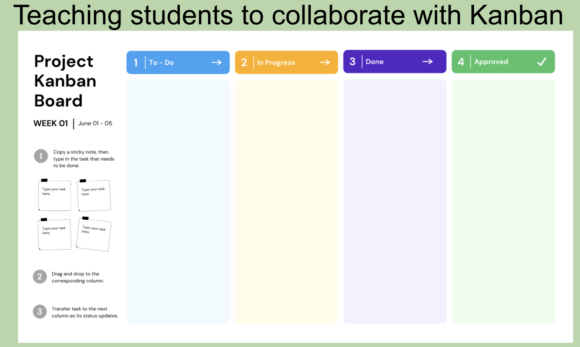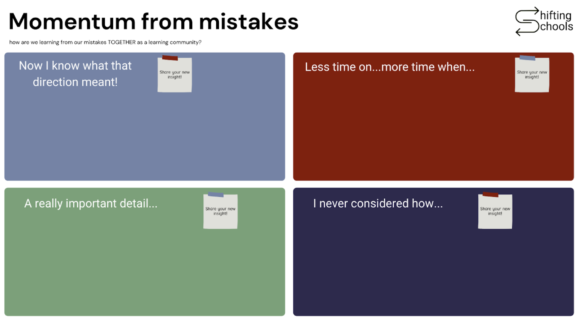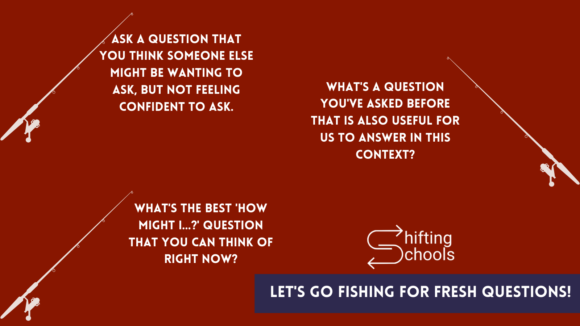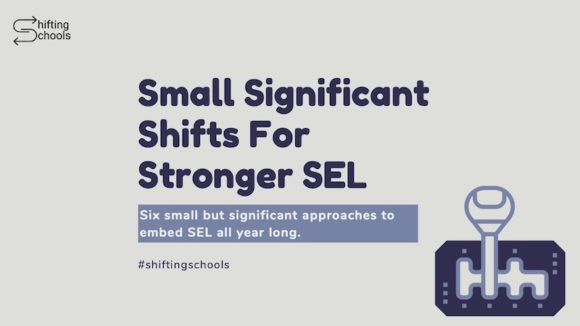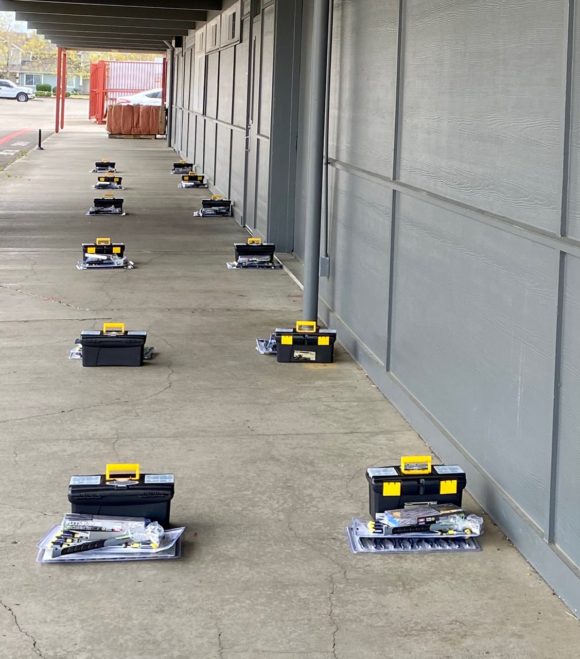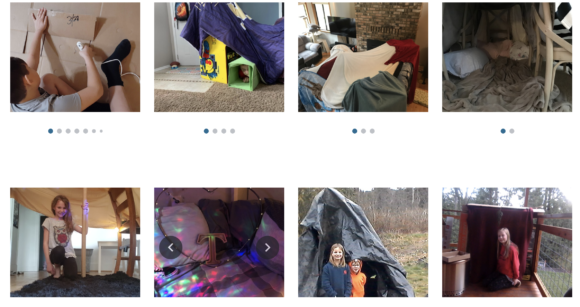This week I have had the pleasure of working with Singapore American School (SAS) in supporting educators around AI as well as starting to draft some guidance documents for the wider school community. It has been a great experience seeing first hand how a school can take the Washington State AI Guidance released by the Office of Superintendent of Public […]
